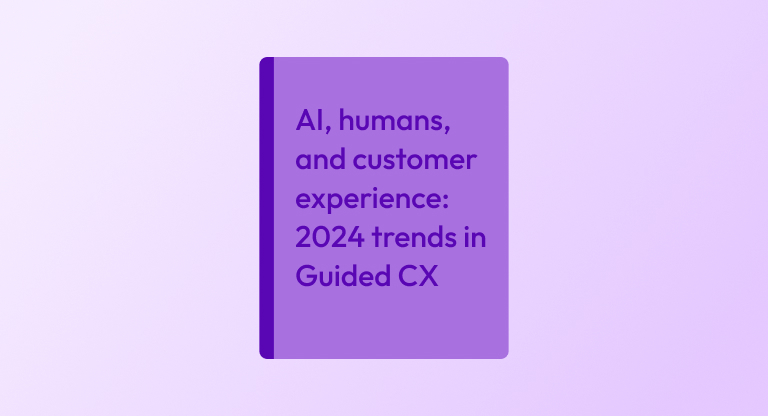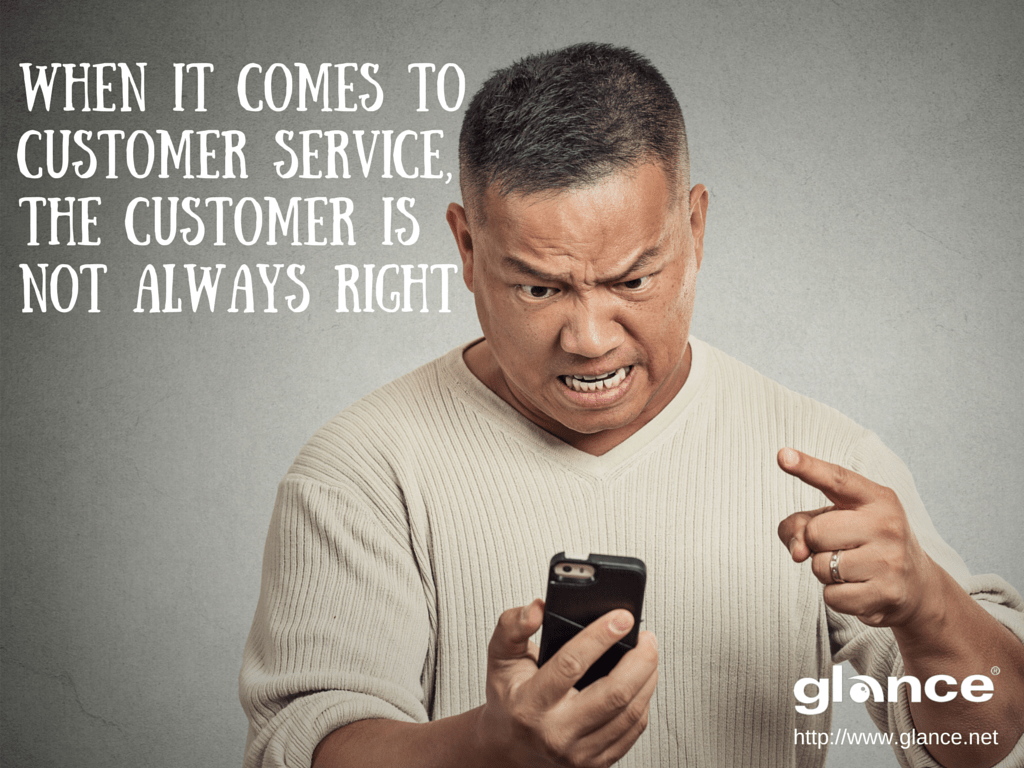Technology has completely transformed the call center … but is it for the better? In some ways, yes. But as we’ve embraced more and more technology, we’ve lost sight of arguably the most important aspect of customer service: empathy.
Most U.S. consumers — 83% of them, to be precise — would rather interact with live agents over digital channels to solve customer service issues, according to research from Accenture. In today’s digital world, people want real, genuine, human-to-human connection. Companies that deliver authentic, empathetic customer service provide helpful and meaningful experiences that drive customer loyalty.
What is empathy in customer service?
You know about empathy … but do you really know about empathy? Before we tackle empathy in customer service, it’s important to understand what exactly empathy is.
Let’s dig in.
Psychologists have defined three types of empathy:
- Emotional empathy: The ability to feel what another person is feeling.
- Cognitive empathy: The ability to understand where a person is coming from; putting yourself in their shoes
- Behavioral empathy: Having compassion and taking actions to help based on your understanding of the situation
All three types of empathy can be employed in customer service. Emotional empathy can foster connection and better communication. Cognitive empathy can help customer service agents understand the customer’s situation. And behavioral empathy uses all that information to drive meaningful action that benefits the customer.
Why is empathy important in customer service?
Customer service isn’t just about making the customer happy. It’s about providing service and support that deepens the customer relationship and generates customer loyalty.
According to Forrester, companies are missing the mark when they solely focus on customer satisfaction, because satisfaction isn’t necessarily what drives customer loyalty. What has a greater impact on loyalty is making customers feel respected, understood, valued, or confident.
Let’s zero in on that second word: understood. You can give a customer exactly what they want, but without empathy and understanding, you’re not driving customer loyalty. In fact, 70% of consumers say they are likely to shop “exclusively” with companies that understand them.
Read: 10 hard-hitting customer service stats (and what to do about them)
A chatbot can solve an issue. It can’t empathize with a customer. Empathy is what makes customer-agent interactions uniquely human. It bridges the gap between what you know about your customers (their problems your company helps solve) and what you don’t (their mood, their priorities, their sense of urgency).
Instead of serving up a one-size-fits-all solution, empathy allows agents to meet the unique and complex needs of each unique and complex customer. Because as much as we want to wrap all customers up into neat little personas determined by market research, individuals are unique.
Read: Genuine empathy will be mission-critical to CX in 2023
4 ways to demonstrate empathy in customer service
Now we know why empathy is important in customer service … but how do we get there? Here are four ways you can deliver exceptional customer service through empathy.
1. Understand customer’s needs with predictive technologies and segmentation
AI isn’t the enemy of empathy. In fact, AI and predictive technologies can provide meaningful context that allows customer service agents to be more empathetic.
This context could predict situations or behavior. It could use facial recognition to detect a customer’s mood. Or it could analyze text-based emotion in a chat, which sometimes can get lost in translation.
When employing any technology, it’s important to ensure that it is working toward your goals and empowering your customer service agents to perform their job better — rather than be another thingamajig to add to their workload.
2. Recruit and train empathetic agents
Empathy should be a top quality you seek in customer service agents. But we all have room for improvement, and the good news is that empathy can be learned.
For example, active listening is a skill that helps agents be present and give full attention to the customer, even using body language and verbal cues to show they’re paying attention.
3. Allow customer service agents to be human
Nearly 60% of U.S. consumers say companies have lost touch with the human element of customer service.
While good-intentioned, overly-canned scripts aren’t fooling today’s savvy consumers. They convert your human agents into robots. And in today’s AI-filled world, when your customer is talking to a human customer service agent, they want a human experience.
Empower your customer service agents to do their job, as themselves. If you’ve provided quality training and the right tools, you can trust that they’ll do their job well and provide the refreshing, authentic experience your customers crave.
4. Integrate human CX
Human CX, also known as Guided CX or visual engagement, are the tools that facilitate genuine empathy and connection in digital spaces.
Glance’s screen sharing and cobrowse, for example, can help customer service agents quickly understand exactly what a customer’s frustrations are. And through one-way or multi-way video, customers can actually see the person helping them — which can have a tremendous and memorable impact.
Glance takes the distance out of digital. Our Guided CX solutions enable real human connections that create next-level customer service.
Learn how to reflect the customer’s voice in your CX strategy
Discover the latest contact center technologies that enhance the customer experience in our upcoming webinar. Join Ben Devey, Director of CX at Ollie, to learn how to develop processes, create customer journey maps, and lead with empathy.
Register for our upcoming webinar: How to lead contact centers with empathy for transformational CX





